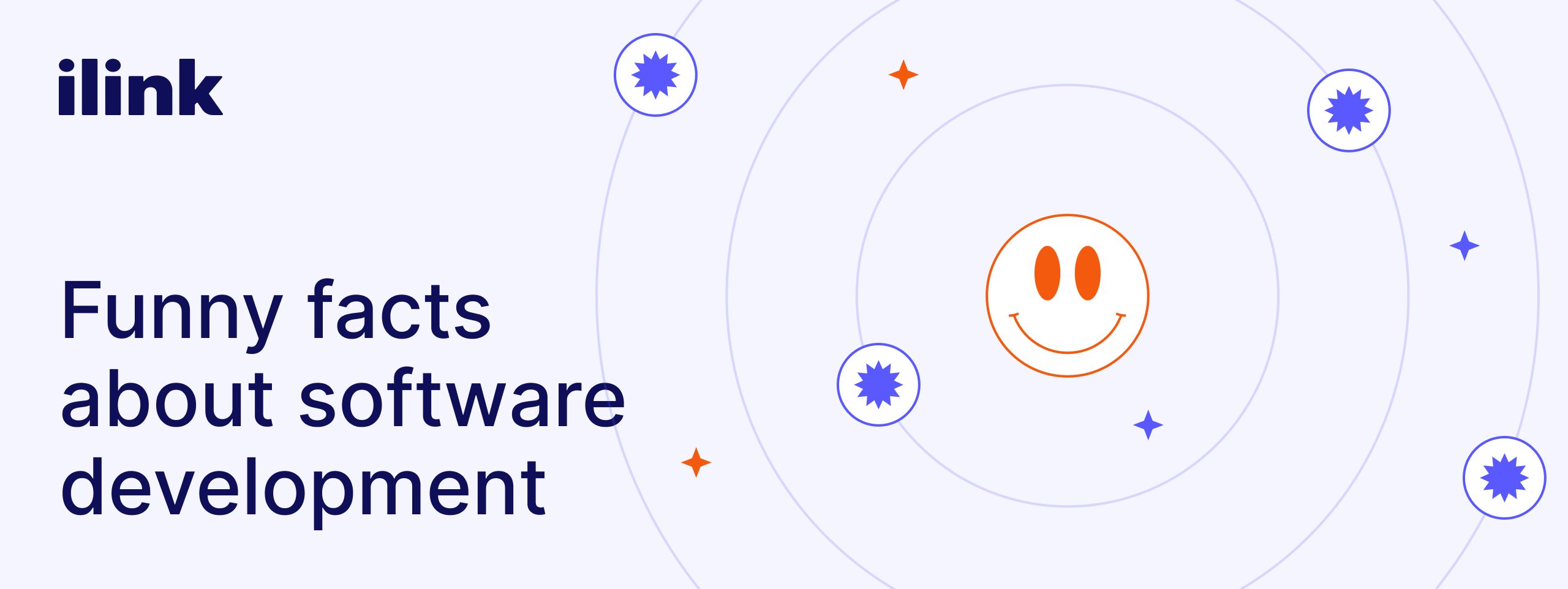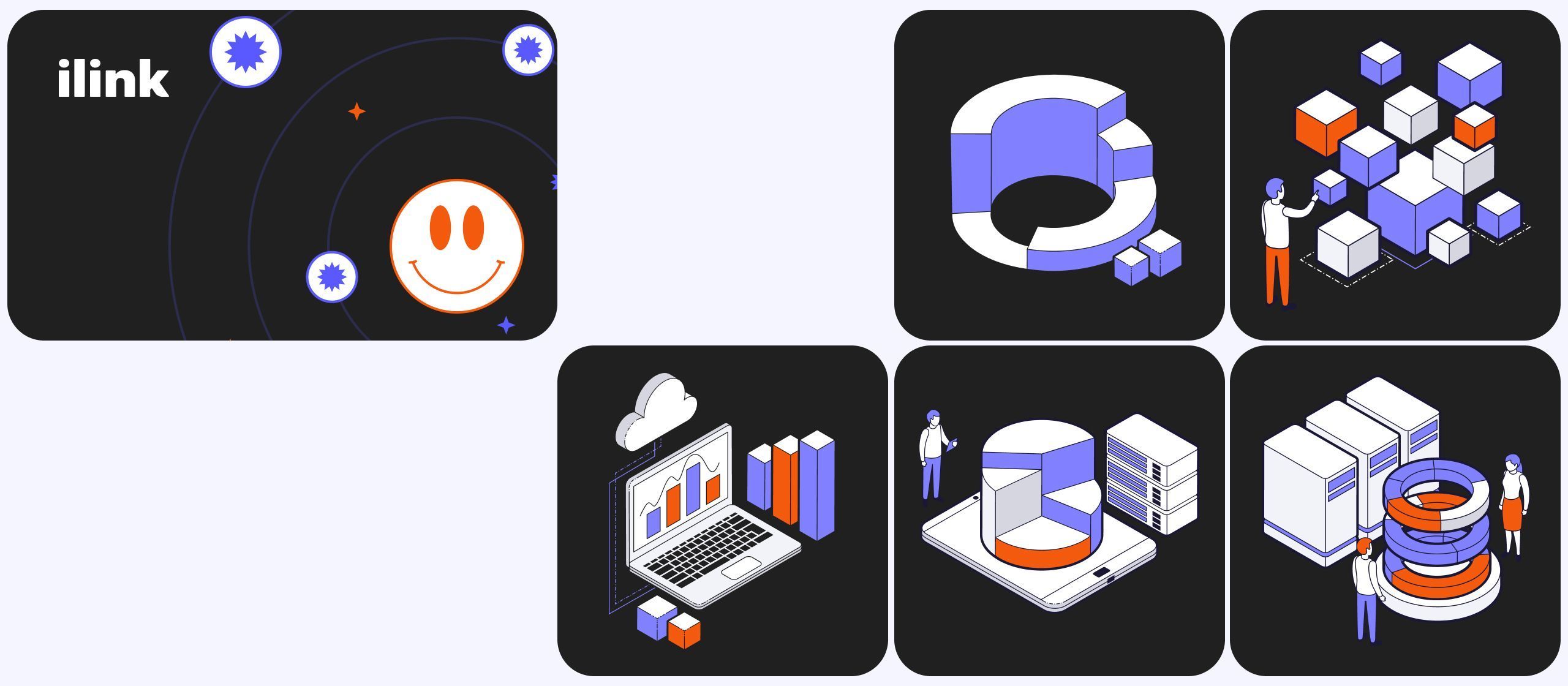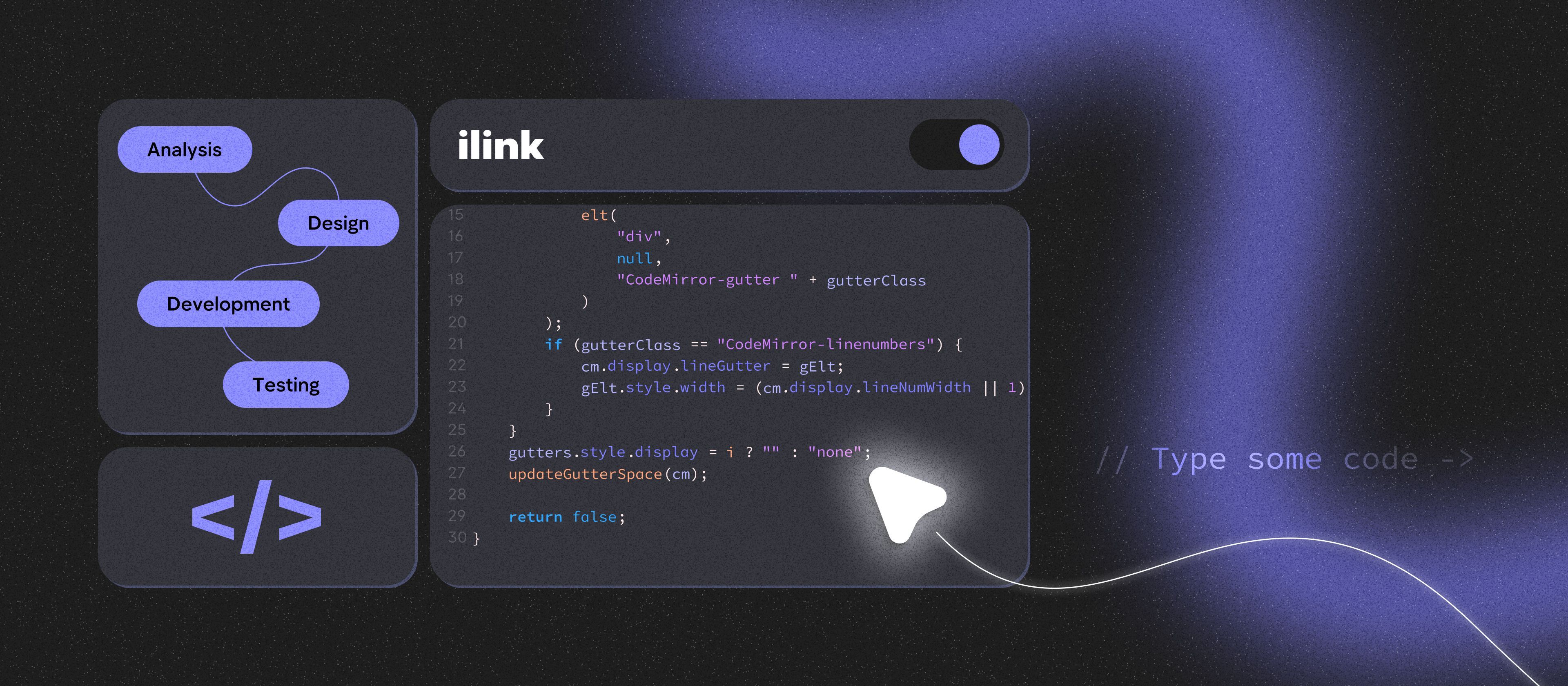Interesting Facts about Software Development
Interesting Facts
The First Computer Program. The first-ever computer program was written by Ada Lovelace in the mid-1800s. She is often considered the world's first programmer. She developed an algorithm to be executed by Charles Babbage's Analytical Engine.
"Bug" in Software. The term "bug" to describe a software defect originated in 1947 when a moth got trapped in a relay of the Mark II computer at Harvard University. The operators labeled it as a "bug" and removed it, coining the term.
The Apollo 11 Guidance Computer. The Apollo 11 guidance computer, which played a crucial role in the moon landing, had approximately 64 kilobytes of memory. To put it into perspective, that's less memory than what a basic image on your smartphone occupies.
Open Source Movement. The open-source movement has been influential in software development. The concept of freely sharing source code and allowing others to modify and distribute it has led to the creation of popular software like Linux, Mozilla Firefox, and WordPress.
Pair Programming. Pair programming is a practice where two programmers work together on the same code. Studies have shown that this collaborative approach can improve code quality, increase knowledge sharing, and enhance team communication.
"Hello, World!". The phrase "Hello, World!" is often used as the first program example when learning a new programming language. It dates back to the early days of programming and is still widely used as a basic introduction to coding.
Software Bugs Cost Money. Software bugs can be costly. In 2018, it was estimated that software bugs and glitches cost the global economy around $1.7 trillion. This highlights the importance of thorough testing and quality assurance in software development.
Agile Development. Agile software development is a popular methodology that emphasizes flexibility, iterative development, and collaboration. It encourages adaptive planning, evolutionary development, and early delivery of working software.
Stack Overflow. Stack Overflow is a popular question-and-answer website for programmers. It has become a valuable resource for developers worldwide, with millions of questions and answers covering a wide range of programming topics.
Continuous Integration and Deployment. Continuous Integration (CI) and Continuous Deployment (CD) have revolutionized software development. These practices involve regularly integrating code changes, automating builds and tests, and deploying software in a streamlined manner.
These are just a few interesting facts about software development. The field is constantly evolving, and new advancements continue to shape the way software is built, deployed, and maintained. Although the development process is almost always the same.
Funny Facts about Software Development

Developers often have their own inside jokes and funny anecdotes that add a touch of humor to the challenges they face in their work.
- "It's not a bug; it's a feature": This phrase is often humorously used in software development to justify unexpected behavior or flaws in the software. It's a lighthearted way of acknowledging that something might not be working as intended.
- "Works on my machine": This is a common phrase used by developers when their code works fine on their own computer but encounters issues on another system. It highlights the complexities of software development and the unique environment dependencies that can cause unexpected behavior.
- "99 little bugs in the code, 99 little bugs. Take one down, patch it around, 127 little bugs in the code": This is a humorous twist on the popular song "99 Bottles of Beer." It highlights the never-ending nature of bug fixing and how fixing one bug can sometimes lead to the emergence of new bugs.
- "There are only two hard things in computer science: cache invalidation and naming things": This quote, often attributed to Phil Karlton, humorously reflects the challenges developers face when dealing with caching issues and the difficulty of choosing appropriate and meaningful names for variables, functions, and classes.
- "I don't always test my code, but when I do, I do it in production": This is a humorous take on the importance of testing code thoroughly before deploying it to a live production environment. It playfully suggests that testing is sometimes overlooked or postponed until after deployment.
- "Debugging is like being the detective in a crime movie where you are also the murderer": Debugging can be a complex and challenging task, where developers try to track down and fix issues in their code. This analogy humorously captures the investigative nature of debugging and the realization that the developer's own code might be the cause of the problem.
- "Software developers don't die, they just go offline": This playful statement pokes fun at the stereotype of developers spending long hours coding and immersing themselves in their work. It suggests that developers are always connected to their computers, even if they're not physically present.
Remember, these funny facts are meant to bring a smile to your face and highlight some of the humorous aspects of software development.
Read also - What is software development life cycle (SDLC) and how does it work?
Comments (0)
Latest Posts
When a business should create own cryptocurrency? In this article, we'll discuss the types of cryptocurrency, how to launch, and where crypto generates the most income.
Why businesses need custom web solutions designed for growth - From profitable SaaS platforms to fintech and marketplaces.
Don't know what service you need?
Submit a request to receive expert guidance in software development, blockchain, and fintech.




